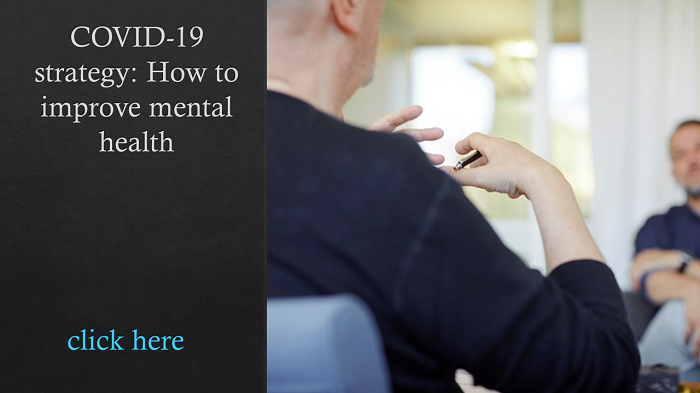U.S. military veterans may face an unseen opponent as they transition to civilian life: the modern applicant tracking system used by most HR leaders. The tools that review the resumes of job applicants and search for key terms that best describe the qualities and experience needed to fill the position are often unable to translate military roles into civilian positions.
So, for the men and women who served in uniform, these systems and policies—as well as biases on the part of employers and needed mental health support—can often halt the efforts of veterans who are qualified for these jobs.
“Applicant tracking systems are too rigid and formulaic, and they often weed out veterans because they don’t realize their military experience can be translated to civilian experience,” says Mandy Price, co-founder and CEO of Kanarys, a diversity, equity and inclusion technology services and solution provider.
A veteran’s resume, for example, listing five years of managerial experience may not be recognized because the ATS is looking for the word “manager” as opposed to “General,” she says.
Mandy Price, Kanarys
One of the greatest challenges is aligning nomenclatures, says John Register, U.S. Army combat veteran, member of Kanarys’ advisory board and CEO of Inspired Communications Int.
“The way that job descriptions are written [often] do not translate to the job skill of a service member—and it seems to be more difficult as the job descriptions are more specific,” says Register. He recommends that hiring managers and HR leaders meet to align that language before the job listing is posted.
“Not doing so misses out on a lot of talent just because the language is different. I believe this is one of the greatest challenges veterans and employers face when trying to obtain the best talent for a position,” he adds.
See also: 3 steps to help HR build a veterans outreach program
This process takes a little imagination, according to Monica Bailey, chief people officer for website solution provider GoDaddy.
“A ‘guidance expert’ may not sound like a traditional technology infrastructure expert, but when you dig into the skills required to learn the craft you see massive similarities. You must be open to translate military specific jobs and skills to corporate skills,” says Bailey.
 “On name only they, seem far [different],” she adds. “But when you actually perform a translation they are many times incredibly similar, and, in fact, more than similar—they are perfectly translatable experiences.”
“On name only they, seem far [different],” she adds. “But when you actually perform a translation they are many times incredibly similar, and, in fact, more than similar—they are perfectly translatable experiences.”
Veterans face bias and mental health hurdles
Stubborn ATS policies are not the only hurdle for today’s veterans. They often need services to deal with mental health and new opportunities to grow their careers.
For example, GoDaddy formed GDVET to offer career development and continued skills development for the veterans of its workforce. GoDaddy provides “mentorship programs, buddy systems and a quarterly speaker series to support those who have served and their allies,” according to its diversity website.
Click here to register for HR Tech Virtual.
Veterans also faced outright biases as well. HR and recruitment managers may think that extensive military experience might not be the right fit for certain corporate cultures, for example.
“Employers may incorrectly assume veterans are too stiff or rigid, when military services build certain skillsets like grit, determination and discipline,” says Price, adding “Veterans are also agile and highly adaptable, and if employers take the time to help them acclimate to corporate culture, they will work hard and thrive.”
Veterans’ unique experience with teamwork can add tremendously to a civilian workplace. After Register’s leg was amputated and his military career was over, he says, he found himself seeking out jobs that already employed military veterans.
John Register, Inspired Communications Int,
“Fortunately, I went to work for a company that had a lot of veterans as part of the team. They helped walk me through the transition process,” he recalls. “This is why employee resource groups or business resource groups are critical. They give people a place to exercise ideas amongst ‘like’ colleagues.”
He adds, “Companies might see groups like this as cliques, but they really need to see them as groups that foster greater belonging to the organization.”
Employers should also recognize that military service can take its toll on veterans, leaving them with mental health conditions like anxiety, depression and PTSD. Price cites a 2020 Veterans Affairs study that revealed that 33% of veterans suffer from chronic mental health conditions in the months after separating from military service.
Related: How HR leaders can stay ahead on mental health support
Register believes that organizations and HR leaders can learn about building resilience among their workforce from their veteran employees, who may have experienced high levels of stress “in accomplishing the mission … and watching their battle buddy pass away before their eyes.”
This exposure to stress can be related to recent crises in civilian life as well.
“We can often see this aligned with what we saw in the United States when it came to COVID, the murders of innocent minorities, a heated political election and the Delta variant,” he says.
“People are stressed out and are making choices now to more benefit them,” he says. “We see the Great Resignation happening because companies have not understood the needs of the mental health crisis.”